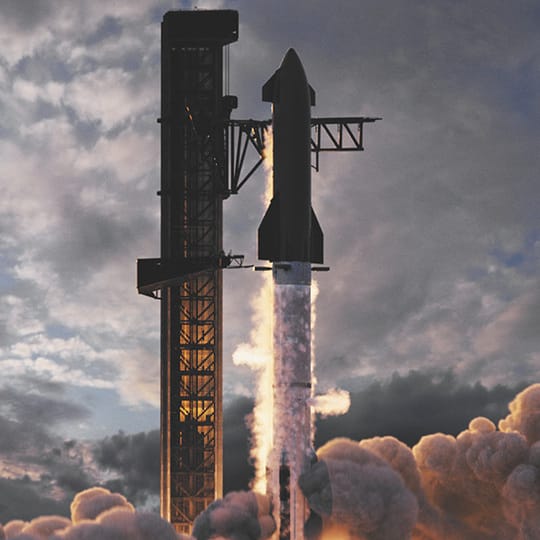Christian Debney’s SpaceX-inspired short film ignites rocket fuel and tugs heartstrings. Find out how the director launched human feelings into outer space.
Nothing has inspired the human imagination like the lure of twinkling stars. Prehistoric cave paintings depict constellations, the Babylonians used them to create the zodiac, and today, SpaceX and Virgin Galactic are promising trips to the cosmos.
Inspired by this intergalactic frenzy, VFX supervisor Christian Debney has made “Starship,” a short film that considers the emotional ramifications of leaving Earth and visiting Mars. He tells us about the process of using V-Ray for 3ds Max, Phoenix, and Chaos Cloud to create it — and explains why animation and space exploration are similar.
We last spoke to you in 2021. What have you been up to since then?
Christian Debney: Since 2021, I have been juggling two significant responsibilities. Firstly, I have been supporting my wife in raising our daughter, who was born in 2020. Secondly, my business partner and our fantastic team have established and expanded our animation studio, STAGE 23, based at Disney Studios in Sydney, Australia. We have grown from a team of four to 40 members. Needless to say, it has been a busy time!
Where did the idea for Starship come from?
CD: Growing up with a father who was a jet fighter pilot, I have always been fascinated with aviation and space exploration, especially the idea of pushing boundaries in those fields. I started building a 3D concept model of the SpaceX superheavy as a hobby. Once I shared it on Twitter, I was welcomed into a vibrant space community there. It was a great experience to connect with incredible modelers and photographers who share their work on the platform.
For some time, I had been wanting to create a short film, and the basic concept came to me when I took a Polaroid of my daughter dressed in a toddler's NASA outfit. From there, the idea grew, and I worked on developing it further.
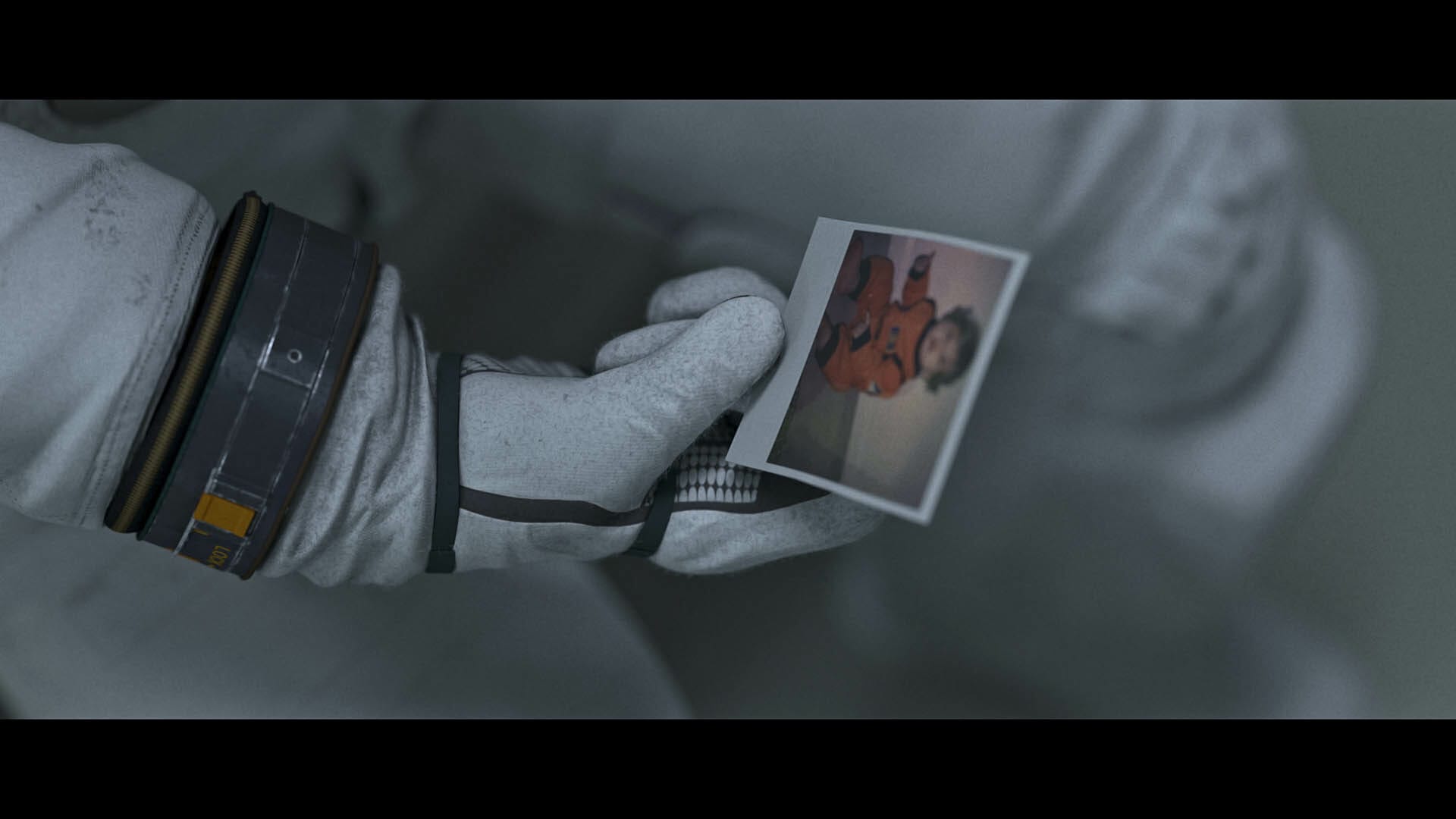
How did you fit in working on the short around your day job?
CD: Every evening and every weekend pretty much for a year! I was definitely burning the candle at both ends. I knew I wanted to release it just before the official launch of the Spacex starship. The last week was probably the hardest, as I was building a new studio at the same time, so I had very little sleep. As an animator, you can kind of expect that situation no matter where you’re at with a project.
How did you research the short?
CD: When looking for inspiration and reference material, one of my favorite places to browse is the NASA archives. For this particular project, I aimed to pay homage to some of the most iconic moments in NASA's history, such as Ed White's spacewalk and the launch of the Saturn 5.
Another significant influence on my film was "The Third and the Seventh" by Alex Roman. I had been studying his techniques for many years, and I believe his short animation is one of the greatest pieces ever made. I wanted to incorporate some of his methods and pay my respects to his work in my own film.
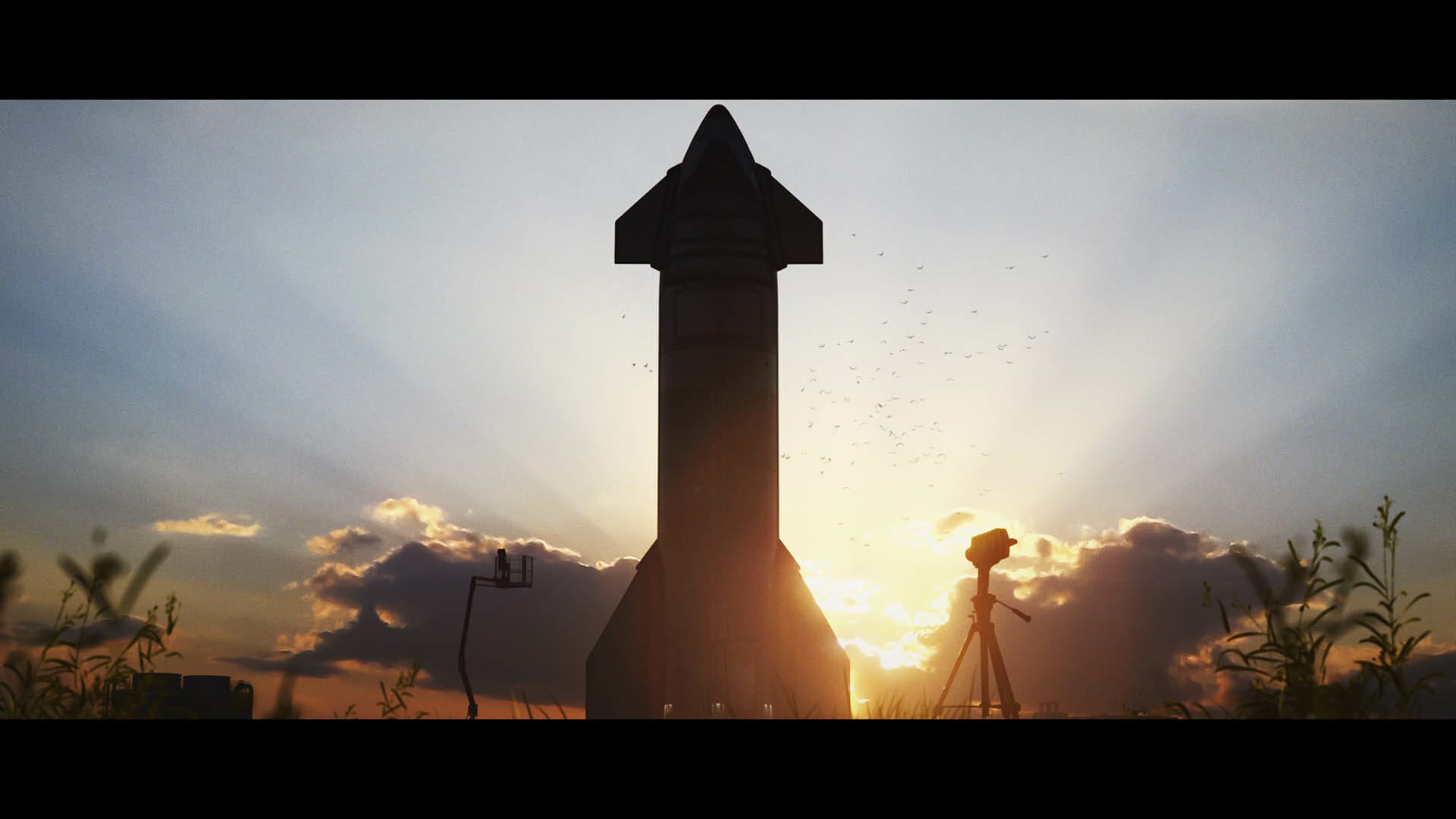
Could you tell us a bit about modeling?
CD: I have a tendency to create polygon-heavy models, which can be traced back to my earlier years as a practical model maker for films. I have carried this approach with me ever since.
In my opinion, there's no such thing as a straight line in the real world, and I try to incorporate that into my work by adding subtle amounts of noise to everything.
How about texturing?
CD: I must confess that I am not particularly good at unwrapping UVs, as I simply do not have the patience for it! As a result, most of my models utilize simple UV mapping or triplanar projection. I rely heavily on V-Ray Blend Materials, incorporating multiple layers such as a base layer, rust layer, and dirt layer.
One tool that I find particularly useful is V-Ray Dirt, which I use on almost every hard surface shader that I create. It's a powerful tool that allows me to quickly add depth and complexity to my materials.
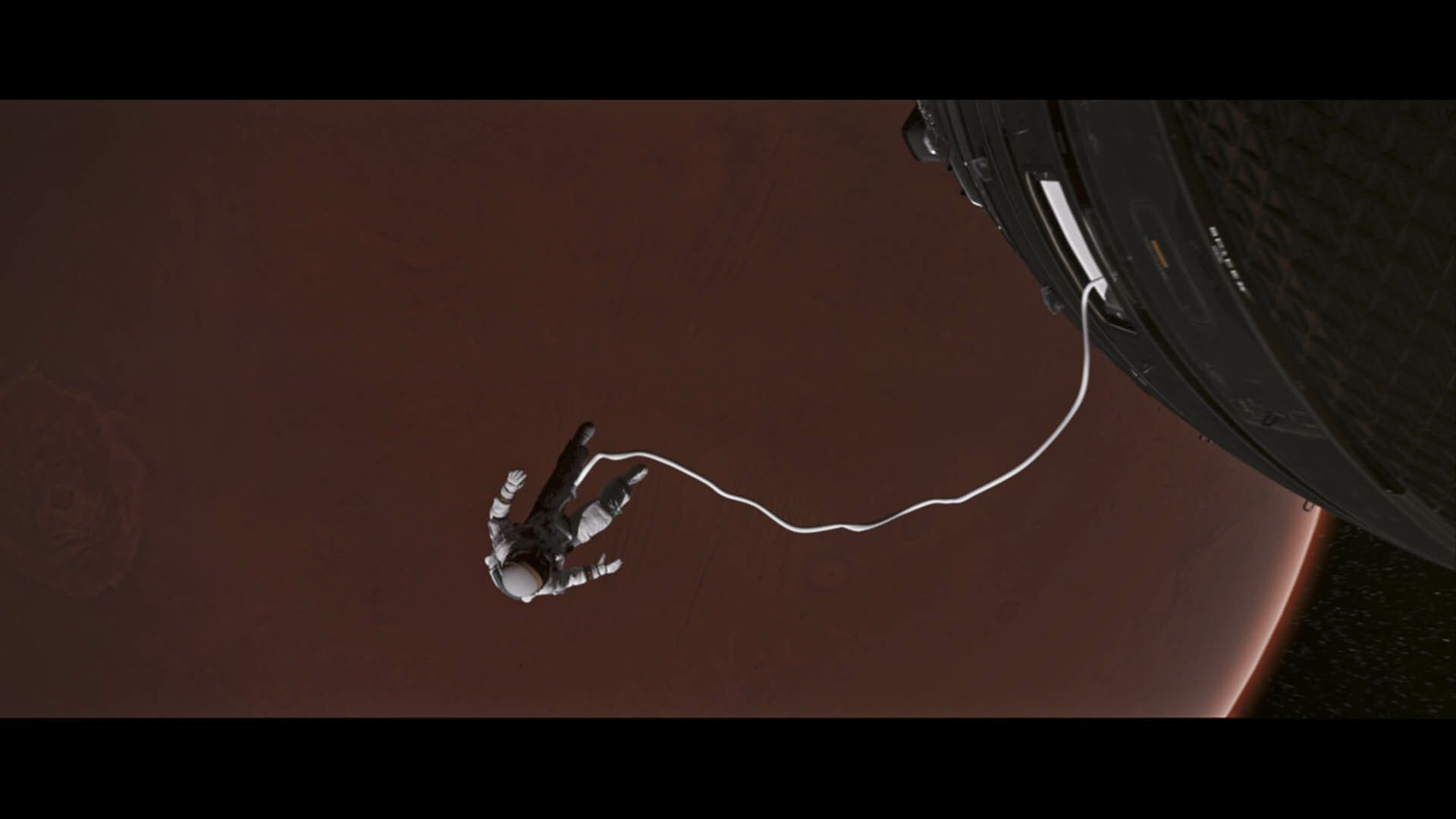
Lighting must have been a challenge here. How did you approach it?
CD: One of my favorite aspects of working in 3D is the ability to sculpt with light. I enjoy using shadows and contrast to help convey the story I'm trying to tell. To achieve this, I often employ back-lighting techniques, as well as mixing in HDRIs and bounce reflectors to create the desired effect.
What about rendering?
CD: V-Ray has been my preferred renderer for over two decades, and I don't see myself switching to anything else anytime soon. Since I was working on this project in my spare time, I allowed myself to be patient with the rendering process. I would work on it during evenings throughout the week and then set off a larger render over the weekends. To render everything, I used a single HP PC. However, during the final week leading up to the deadline, I relied on Chaos Cloud to help push a few renders through on time.

What were your favorite V-Ray features here?
CD: As I mentioned before, V-Ray Dirt is an indispensable tool for creating shaders, and for this project, I also utilized the timelapse clouds feature with the new V-Ray Sun system. Despite having used V-Ray since its birth, I am still discovering new features and capabilities within the software.
What did you use for the particle sims?
CD: The release of Tyflow by Tyson Ibele was a game changer for 3ds Max users, as I could easily create everything from plant scattering to chunks of ice falling off the booster. In this project, I utilized Tyflow for the emitters plugged into Chaos Phoenix, which is my go-to simulator for fire and smoke. Some scenes required up to 12 separate emitters. Additionally, I used Phoenix's water displacement feature for the water shots, which was very easy to set up. I found Jesse Pitela's RedefineFX tutorials on Chaos Phoenix particularly helpful.
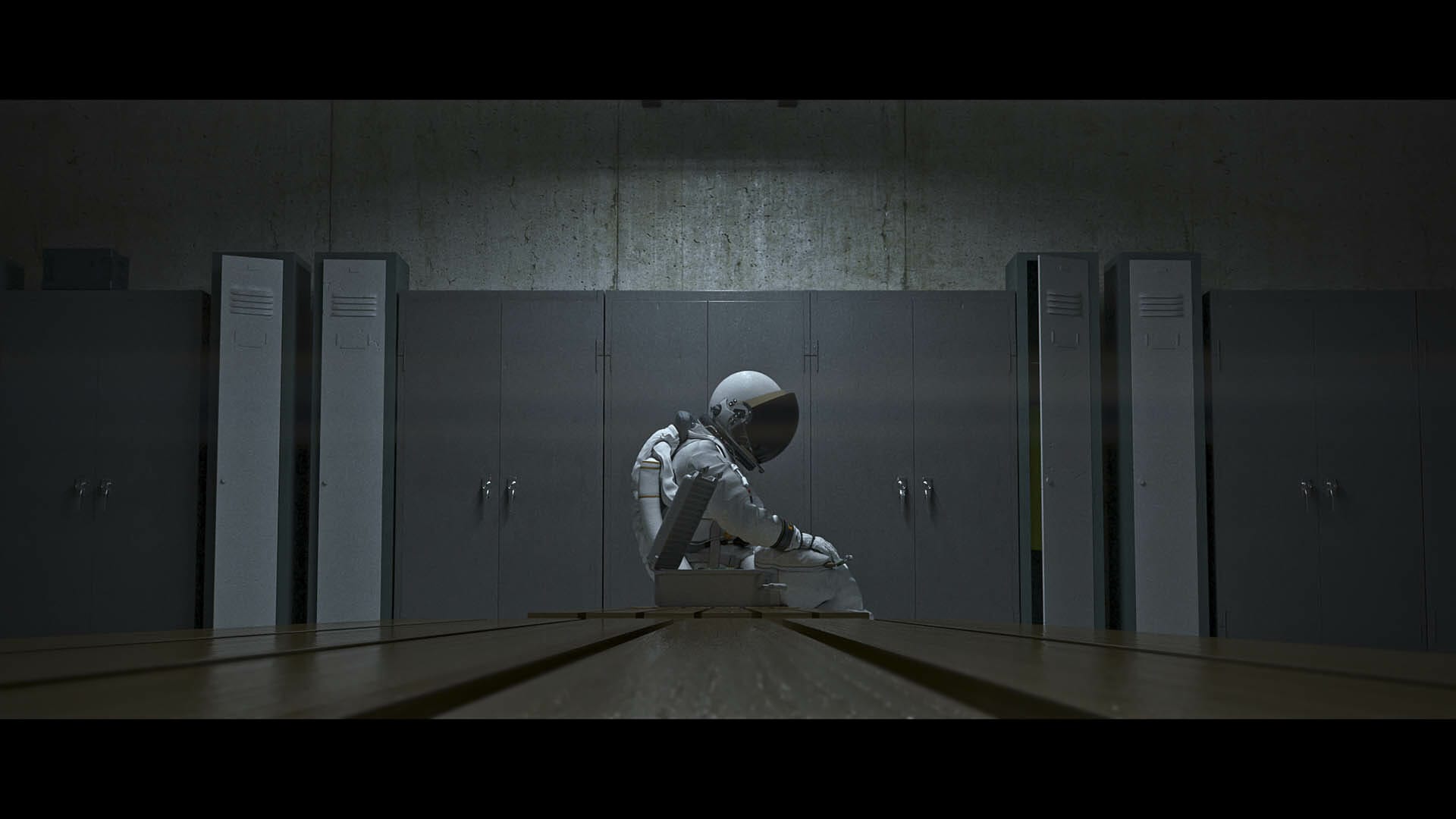
"Starship" becomes very emotional. Do you have any tips on how to do this?
CD: Creating “Starship” has been a deeply personal journey for me. As a director, I have been tasked with the responsibility of telling a story, while as an animator, I have brought that story to life visually. However, as a father, my ultimate goal has been to leave behind something meaningful for my daughter. In the story of Starship, the astronaut represents my daughter, while I am the father behind the camera. Although I may not be physically present in the years to come, I hope my spirit will continue to watch over her, and the camera in my story symbolizes that eternal presence.
What have been some of your favorite reactions so far?
CD: The greatest source of satisfaction for me has been receiving messages from people around the globe telling me how deeply moved they were by the film, some even confessing to shedding tears. It's incredible to know that a six-minute animation can evoke such powerful emotions. I believe the reason it resonates with so many is that it comes from a place of genuine love. The film is a personal story that I wanted to share with my daughter, as the description explains…
Space exploration is an incredibly slow and laborious process. As an animator, I can relate to that.
Christian Debney, Director
What are your thoughts on the latest SpaceX test flight?
CD: It was incredible to watch. I feel privileged to have become a part of the space enthusiast community. I also hadn’t slept properly for days, which added to the excitement!
I believe it was a success. Every launch is a success to one degree or another.
Space exploration is an incredibly slow and laborious process. As an animator, I can relate to that.
Is there anything you would have changed about your movie in relation to the actual launch?
I feel pretty satisfied when I compare the two. If I tweaked anything I'd add more smoke filling the frame. I did plan to have a ground shot engulfing the camera but there are so many angles you could shoot it from. The first starship launch was very interesting to see, it felt quite surreal. I wanted to pay homage to the old Saturn 5 launches and feel I did that.
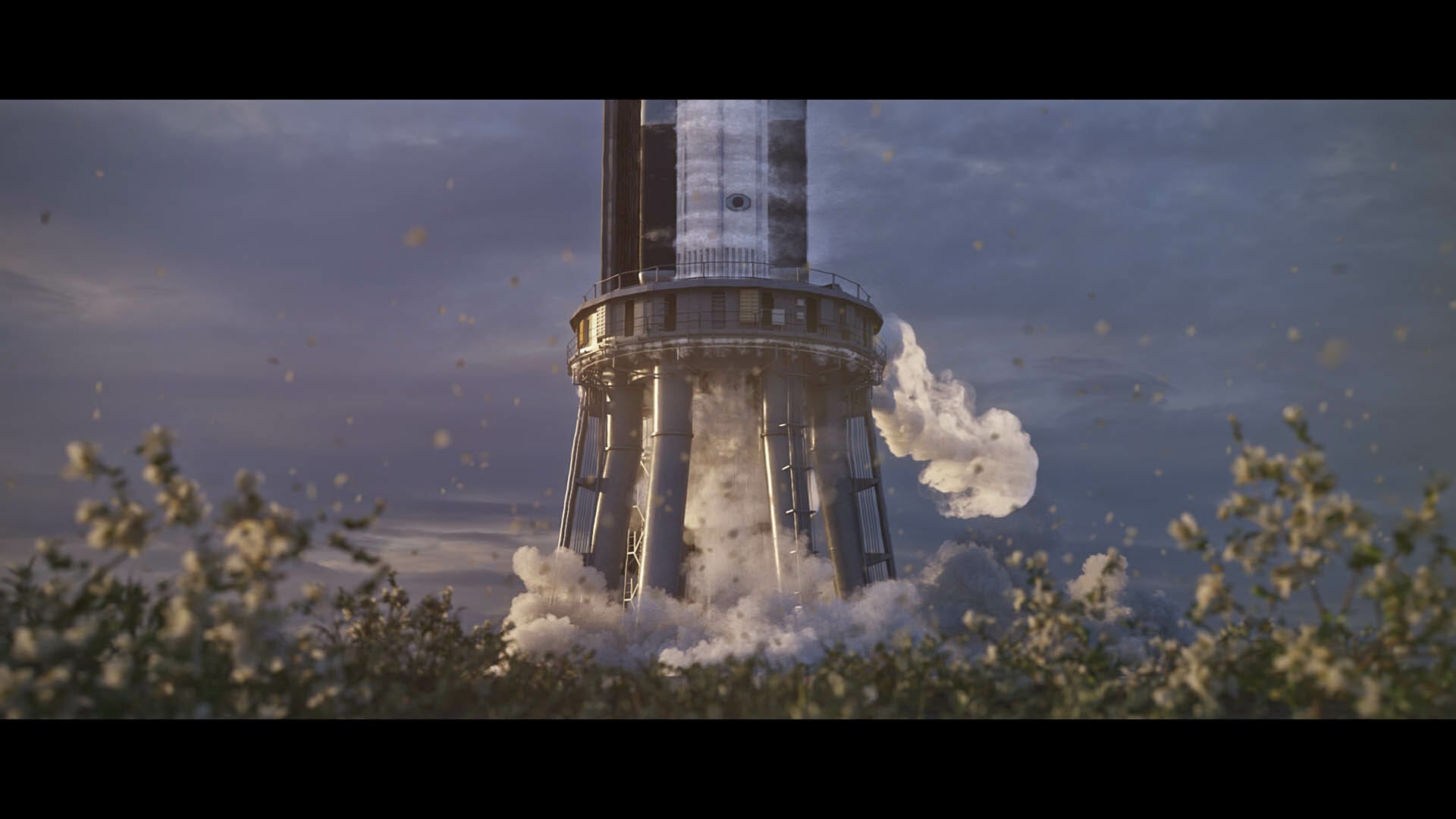
What are working on next?
CD: STAGE 23 is a bustling environment with numerous ongoing projects and a growing team. As for my role, it's evolving as I'm shifting my focus toward developing our IP and generating original content. Fortunately, we have some highly skilled scriptwriters collaborating with us. In fact, I'm optimistic about producing our own animated feature film in the next couple of years. That's a realistic target, and I'm also intending to produce two additional short films this year.

